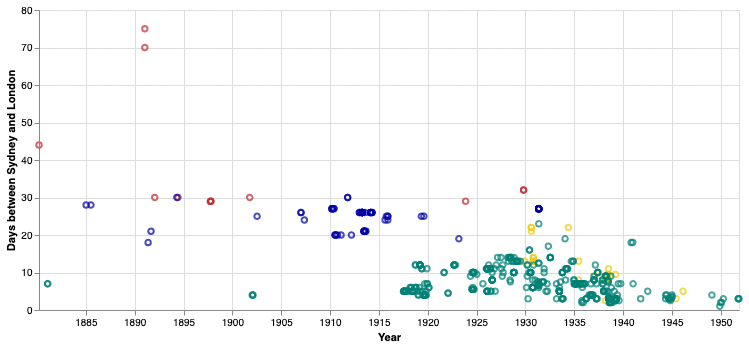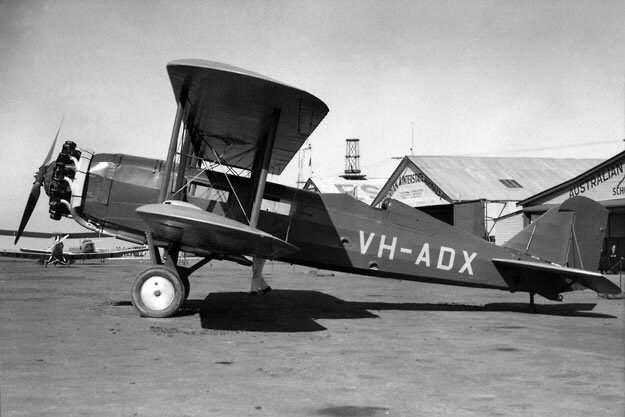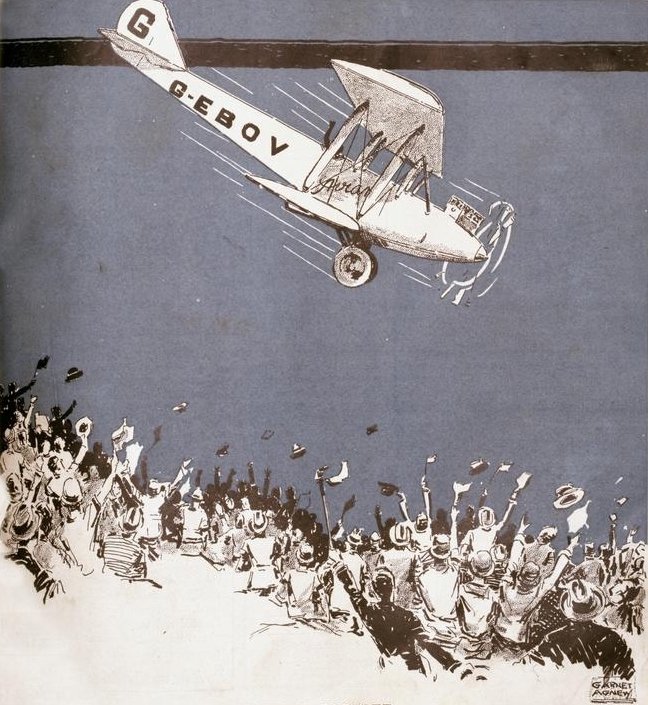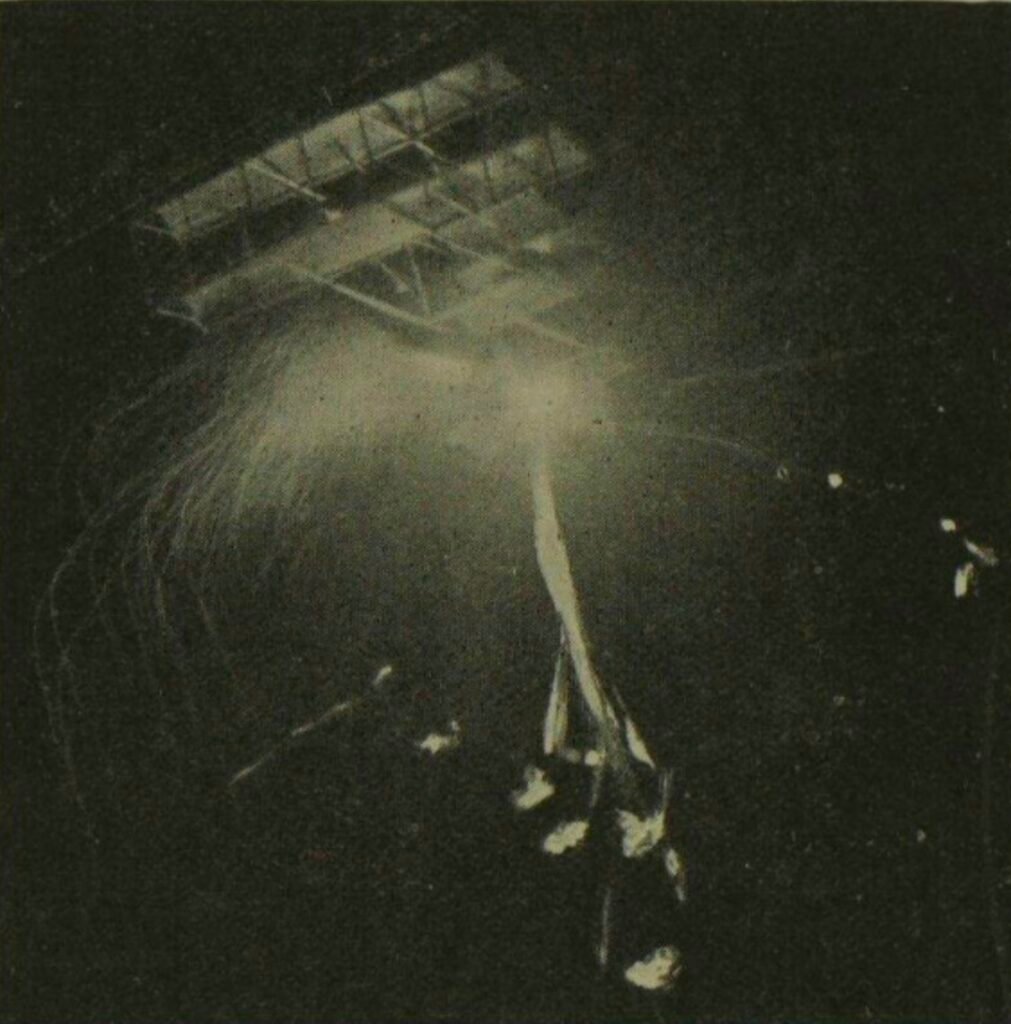You wouldn’t read about it
Would you? It’s the summer of 1935.((Late July or early August 1935, judging from the August Popular Flying on display. I can’t quite make out the newspaper headlines but the themes (British troops? American naval policy?) could fit late July.)) You’re at Croydon Airport, waiting to board an Imperial Airways flight to Paris. But you […]











